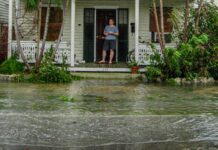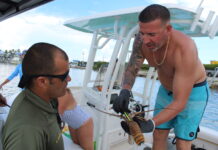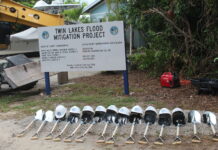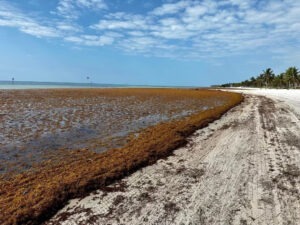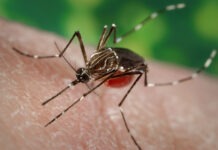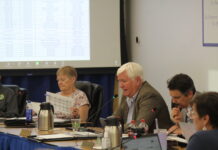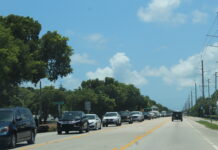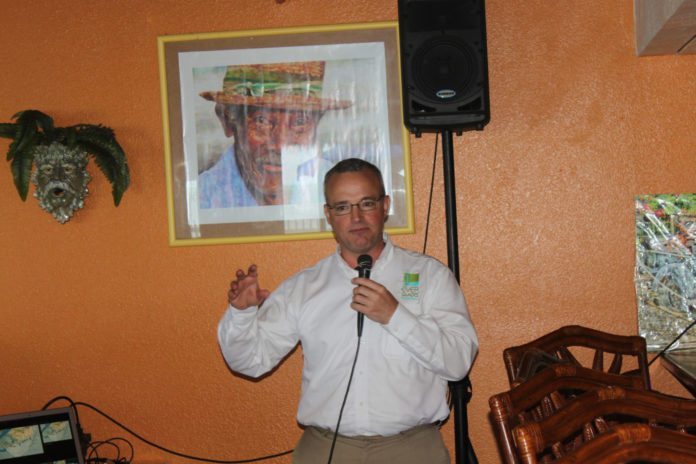
County, Islamorada pass resolutions asking for federal and state for Everglades Restoration
On July 21, Monroe County passed it’s Everglades Restoration resolution, a plea to move as quickly as possible to increase water flow to the Florida Bay which is experiencing hyper-salinity. Those conditions have lead to a 50,000-acre seagrass die off and experts warn that an algae bloom, similar to that in the late 1980s, is imminent.
The county’s move comes almost a month after the Islamorada Village of Islands passed a similar Everglades Restoration resolution, although the Upper Keys document is much more specific in its call for action.
There are two acronyms on the lips of all locals — CERP and CEPP. CERP is the Comprehensive Everglades Restoration Plan passed in 2000 and is comprised of 68 specific projects to restore the historically correct watershed that flows south from Lake Okeechobee. However, in a 2014 review it was noted that only eight projects had been authorized and construction initiated on only four. The CEPP, Central Everglades Planning Project, is a component of CERP and provides an expedited plan to restore water flow in the Everglades. CEPP calls for water storage that would require land acquisition and deals primarily with the quantity and quality of the water distribution.
Earlier this week, Dr. Stephen Davis of the Everglades Foundation addressed a group of Marathon businessmen and women. The Everglades Foundation is a 21-year-old nonprofit established during the late ’80s during the previous seagrass die off, comprised of scientists and lobbyists.
“During the last die off, the Florida Bay experienced two decades of algae blooms,” he said. “We were just beginning to recover when the drought of last summer put the entire problem in motion again. We anticipate a large-scale algae bloom in Florida Bay.”
Marathon is also working on a resolution to issue to state and federal authorities. On July 12, Islamorada Village Mayor Mike Forster addressed the council about the need for action. Marathon City Manager Chuck Lindsey said the entire council is committed to persuading the pertinent agencies to move as quickly as possible on projects that can alleviate the hypersalinity. Staff is currently drafting a resolution expected for the council’s review on Aug. 9.
“The health of the Florida bay is not only an environmental priority, it’s crucial to the Keys’ economy, as well as the entire state’s,” said Lindsey. “We need change to occur soon and I believe we are all united and dedicated to doing what ever it takes.”
Dr. Stephen Davis explains how the historic flow of water south from Lake Okeechobee has been diverted east and west (where blue algae blooms are plaguing both coasts) and the lack of flow is causing hypersaline conditions in Florida Bay, the Keys’ backdoor.

